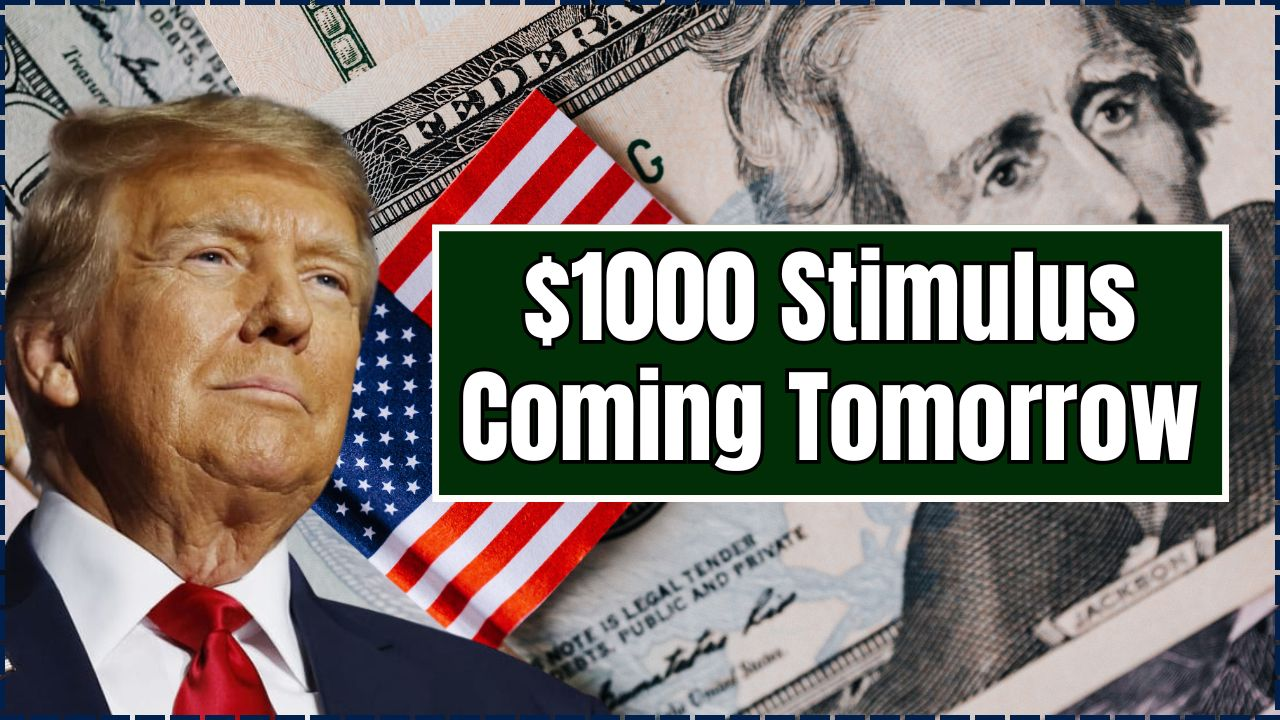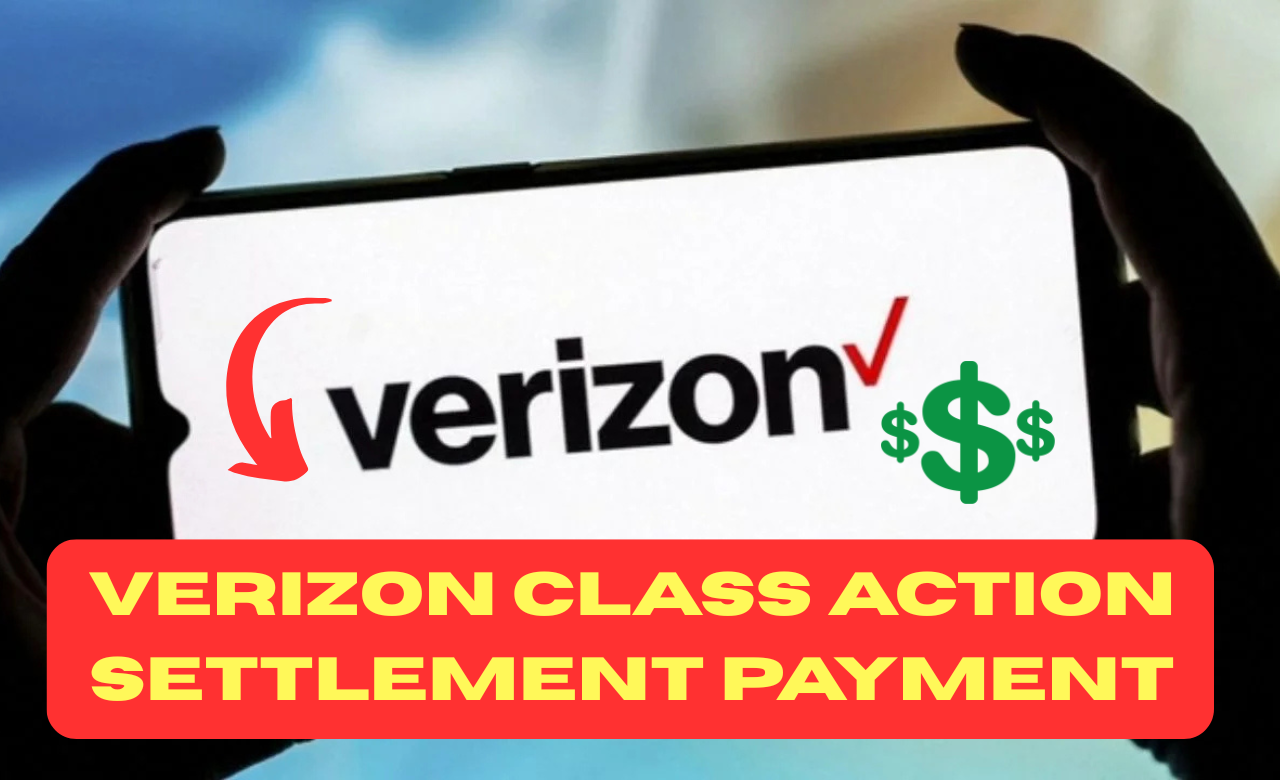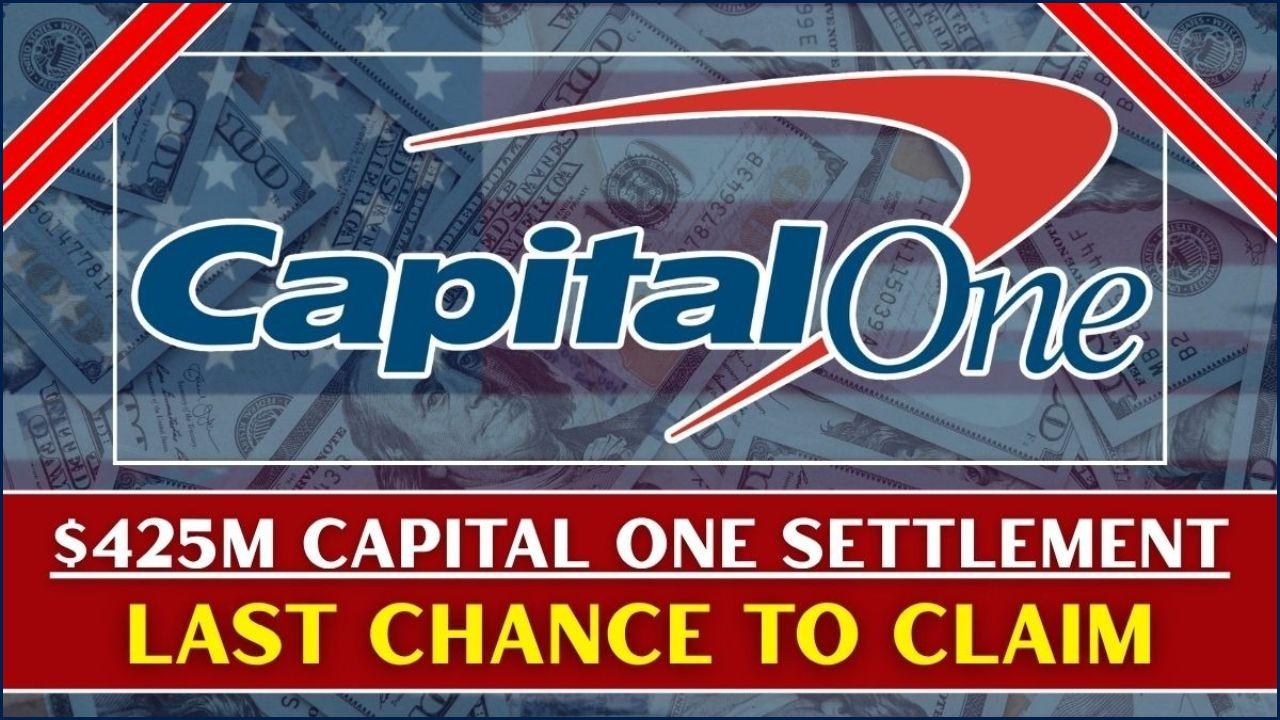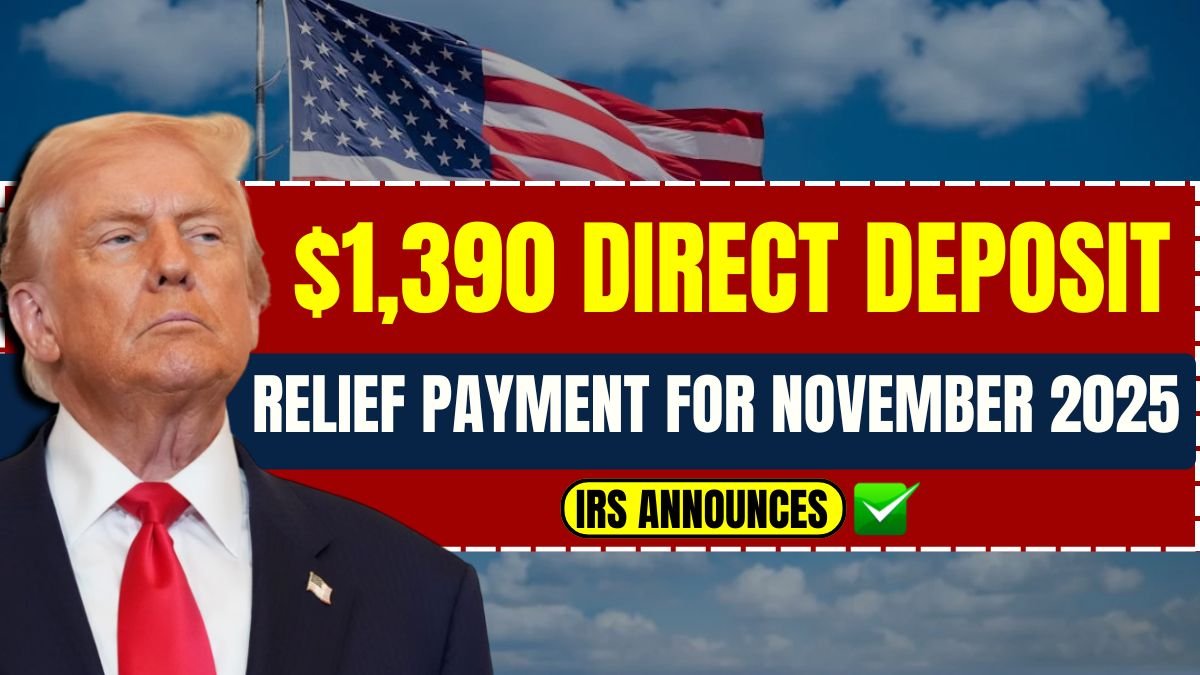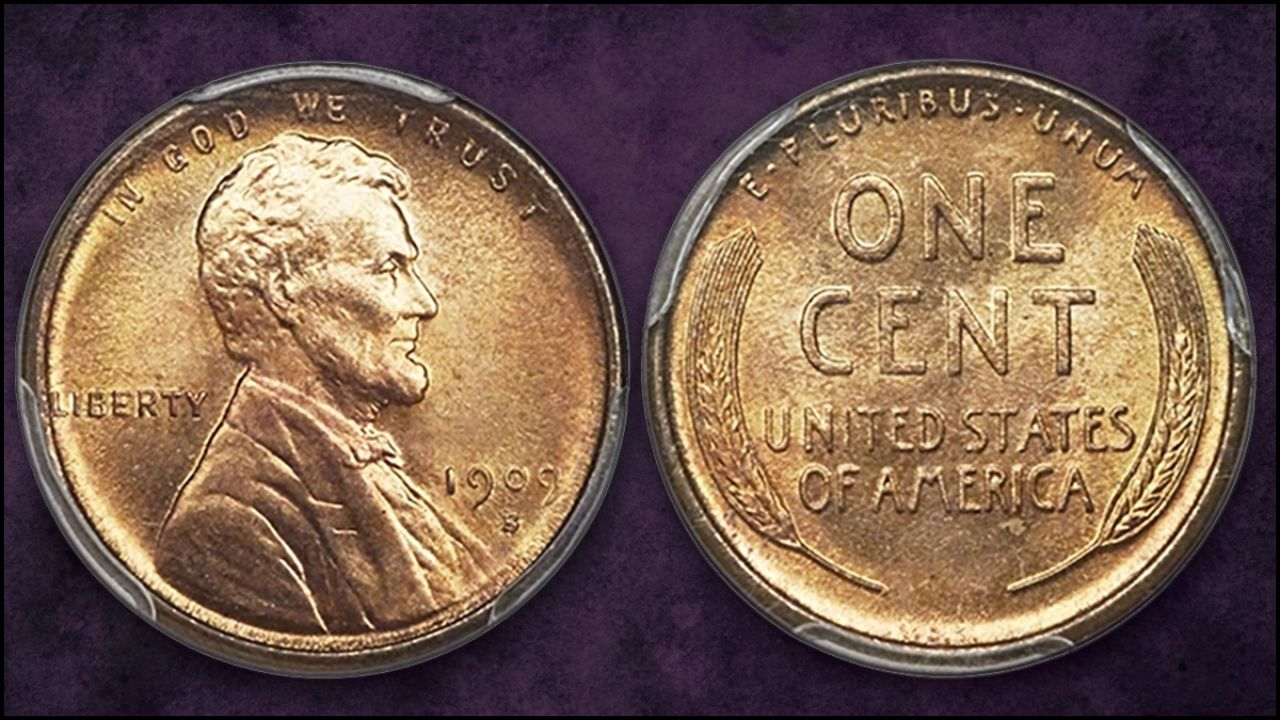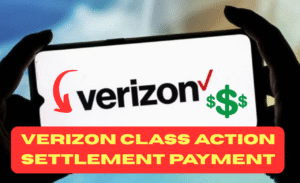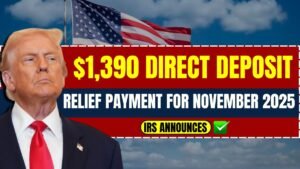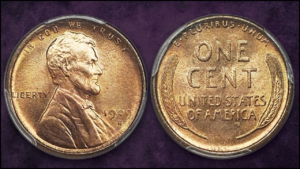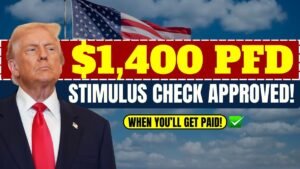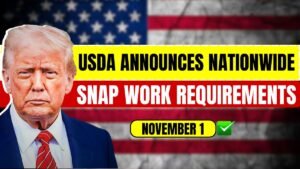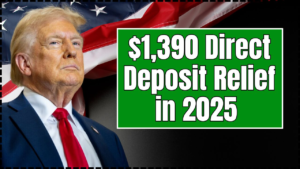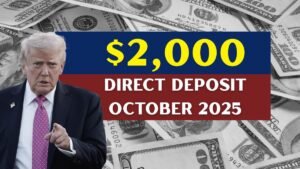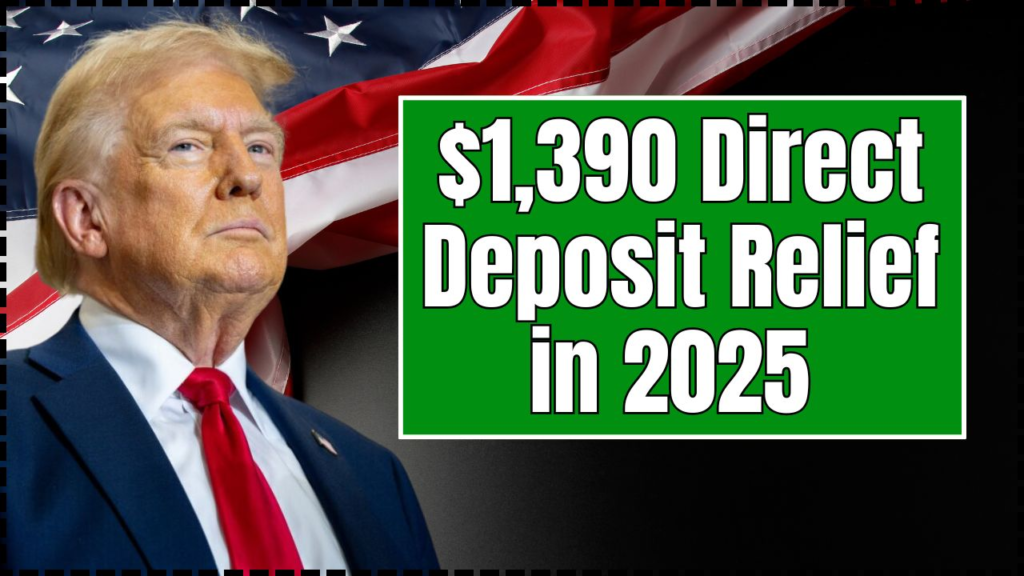
The Internal Revenue Service (IRS) has publicly stated that there is no authorized IRS $1,390 relief payment scheduled for 2025, countering viral claims circulating on social media and several unofficial websites.
Officials emphasized that no federal stimulus program has been approved by Congress, and urged Americans to remain vigilant against potential scams seeking to exploit confusion.
The rumors surfaced in early October 2025, spreading rapidly on Facebook, TikTok, and WhatsApp. The IRS, Treasury Department, and the Federal Trade Commission (FTC) have since issued multiple warnings to protect taxpayers.
Direct Deposit Relief in 2025
| Key Fact | Detail |
|---|---|
| Claimed payment amount | $1,390 relief payment via direct deposit |
| Official IRS stance | No new stimulus or relief payments have been authorized for 2025 |
| Scam warning | Fraudulent messages may request banking or personal information |
| Last federal stimulus payment | American Rescue Plan (2021) |
| Official Website | IRS |
What the Viral Claim Says
The rumor claims that a $1,390 direct deposit will be sent to millions of taxpayers, with eligibility supposedly based on 2023 income tax filings. Posts suggest that individuals earning under $75,000 annually, and couples earning under $150,000, will receive the payment automatically — mimicking language from real pandemic-era stimulus announcements.
The claims also reference “inflation relief” and “cost of living adjustments,” which added a veneer of legitimacy.
“The messaging is sophisticated, using language similar to official press releases,” said Eric Smith, an IRS spokesperson. “This is why many taxpayers mistakenly believe the program is real.”
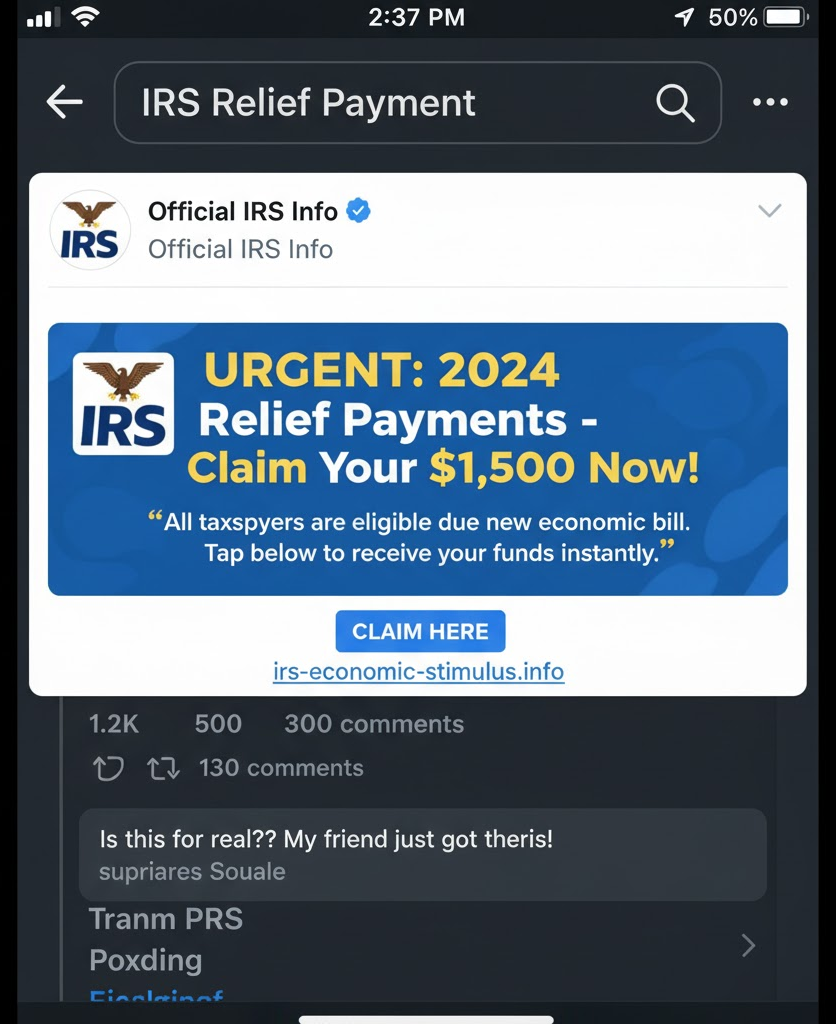
What the IRS Actually Says
In its October statement, the IRS confirmed there is no new stimulus program, no automatic payments, and no $1,390 disbursement in 2025.
“We urge taxpayers to verify any claims about federal payments through official channels,” the agency said. “If it’s not on irs.gov, it’s not real.”
Officials explained that any new federal stimulus would require Congressional legislation, a public rollout timeline, and coordination with the Treasury Department — none of which currently exist.
How the Rumor Spread
The earliest known posts appeared on low-credibility websites with domain names resembling government sites, such as “irs-reliefnow.com” and “directdeposits2025.net.” These sites recycled language from official pandemic-era press releases, changing only the year and payment amount.
Within days, influencers on platforms like TikTok and YouTube amplified the message, often linking to affiliate scams or phishing pages.
“This is a textbook example of coordinated misinformation designed to harvest personal data,” said Dr. Anya Sharma, senior fellow at the Brookings Institution.
The Real Process: How Stimulus Payments Are Authorized
Unlike the viral claim, real federal stimulus payments follow a formal, transparent process:
- Legislation is introduced in Congress and debated publicly.
- If passed, the bill authorizes the U.S. Treasury to fund relief.
- The IRS identifies eligible taxpayers through their tax filings.
- Payments are automatically distributed via direct deposit or checks.
- Official press releases and clear eligibility guidance are issued.
The CARES Act (2020), Consolidated Appropriations Act (2020), and American Rescue Plan (2021) are examples of this process.
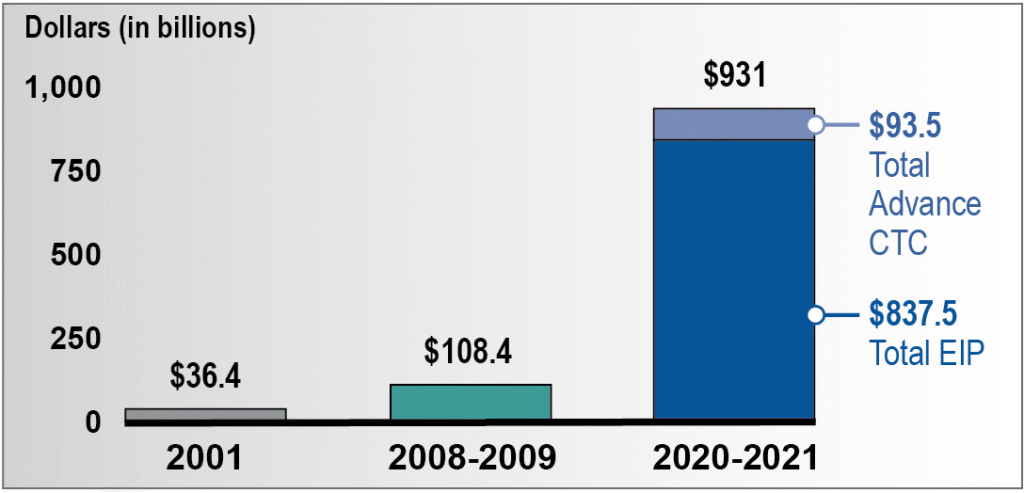
Historical Context: Previous Stimulus Payments
From 2020 to 2021, three federal stimulus payments were distributed:
- March 2020 (CARES Act): $1,200 per eligible adult.
- December 2020 (Consolidated Appropriations Act): $600 per adult.
- March 2021 (American Rescue Plan): $1,400 per adult.
These payments were part of emergency economic measures during the COVID-19 pandemic. Since 2021, no additional nationwide stimulus checks have been issued.
“Those payments were tied to extraordinary circumstances and massive fiscal packages,” said Dr. Laura Chen, professor of public policy at Georgetown University. “There’s no comparable legislation on the table in 2025.”
Why No Federal Stimulus in 2025?
Economists say several factors explain why there is no push for new stimulus checks this year:
- Inflation stabilization: U.S. inflation rates have fallen significantly compared to 2022–2023.
- Labor market strength: Unemployment remains near historic lows.
- Federal deficit concerns: Lawmakers are cautious about adding new spending without offsetting revenue.
- Political gridlock: Congress remains divided on large fiscal programs.
“While many Americans still feel economic strain, the data doesn’t support another round of blanket stimulus,” said Michael Torres, economist at the Tax Policy Center.
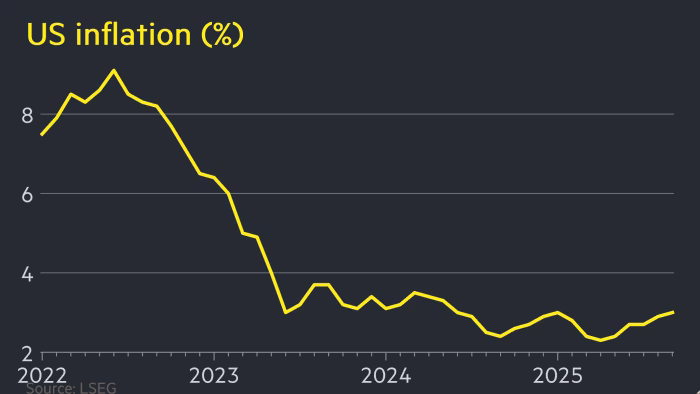
Scam Tactics and How to Identify Them
According to the FTC, scam attempts tied to the fake $1,390 payment often follow a similar pattern:
- A text or email claims you’re “eligible for relief.”
- You’re directed to a website to “claim your payment.”
- The site requests your Social Security number, bank details, or login credentials.
- Some scams involve fake “IRS agents” calling to “verify information.”
“No government agency will ever demand your personal financial details through a text message or unsolicited call,” said Lina Khan, FTC chair.
Victims are urged to report scams at reportfraud.ftc.gov and freeze accounts if sensitive information was shared.
Real Economic Relief: State-Level Programs
While there’s no federal stimulus, some states are offering targeted relief:
- California: Ongoing Middle Class Tax Refund program.
- New Mexico: Energy relief rebates for low-income households.
- Minnesota: Tax rebates tied to surplus state budget revenue.
These are state-administered, not federal, and eligibility varies.
“People often confuse state-level rebates with federal stimulus,” noted Dr. Torres. “That confusion fuels misinformation.”
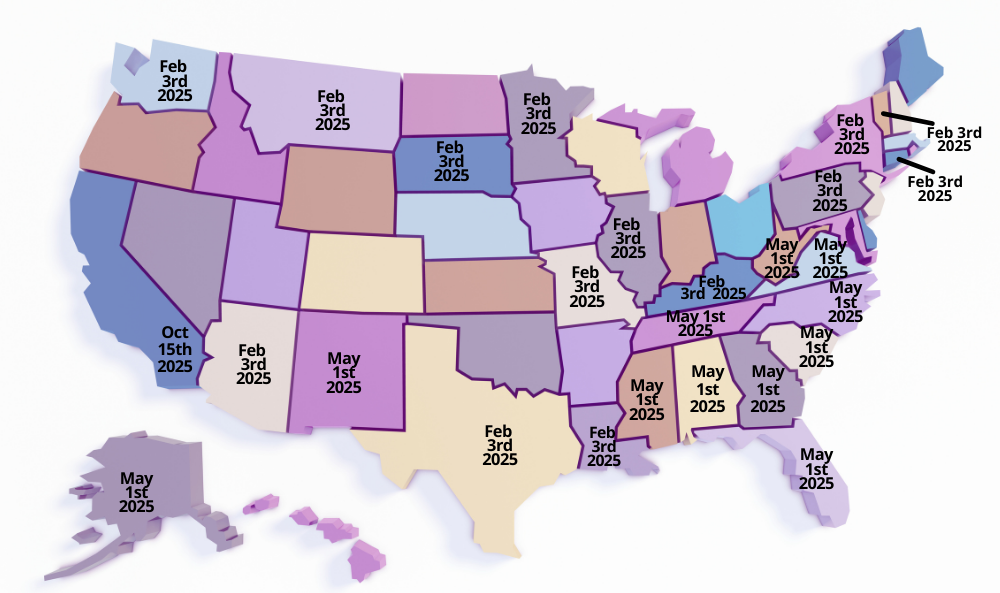
Why Misinformation Spreads So Fast
Experts say misinformation about stimulus checks spreads quickly for several reasons:
- Familiarity bias: Past stimulus programs make new claims sound plausible.
- Economic anxiety: Even modest financial relief is appealing during uncertain times.
- Low media literacy: Many users share posts without verifying sources.
- Algorithmic amplification: Social media platforms push trending topics.
“The rumors thrive because they tap into real financial insecurity,” said Prof. Janet Wilson, misinformation researcher at MIT’s Media Lab.
Public Reactions and Online Sentiment
Analysis of trending hashtags such as #IRSCheck, #1390Relief, and #Stimulus2025 shows a mix of confusion, hope, and skepticism among users.
- Some posts express frustration over the lack of new relief measures.
- Others share fact-checks or warn peers of scams.
- A smaller but vocal group spreads false claims despite corrections.
“The emotional power of money-related news often outpaces fact-checking,” said Prof. Wilson.
How to Verify Payment Information Safely
- Use official sources only: IRS.gov and Treasury.gov.
- Avoid clicking links in unsolicited messages.
- Check for HTTPS and .gov domains before entering information.
- Consult the IRS “Where’s My Refund?” tool for refund or credit status.
- Call official numbers — never rely on links in viral posts.
“If you’re ever unsure, assume it’s a scam until verified,” Smith reiterated.
Future Outlook: What Could Trigger New Relief
While no new federal stimulus is planned in 2025, experts note that economic shocks, recessions, or major policy shifts could change that.
- A sudden recession could push Congress to consider targeted relief.
- Rising energy prices or inflation spikes could trigger sector-specific support.
- Bipartisan support remains unlikely in the current political climate.
“Future relief would likely be more targeted, not broad payments to most Americans,” said Dr. Chen.
Final Word
While the promise of an IRS $1,390 relief payment may sound appealing, no such program exists in 2025. The claim is part of a misinformation wave that federal authorities are working to counter.
Experts urge the public to rely on official sources and report scams to prevent fraud.
“If a payment is real, you’ll hear it from the IRS first — not a viral post,” Smith said.
FAQ About IRS to Send $1,390 Direct Deposit Relief in 2025
Is the IRS really sending a $1,390 relief payment in 2025?
No. The IRS has confirmed there is no such program or payment.
What should I do if I receive a text or email about this payment?
Do not respond or click links. Report the scam to the FTC and verify only through IRS.gov.
Could new stimulus checks be approved in the future?
Only through Congressional action. No such bill currently exists.


